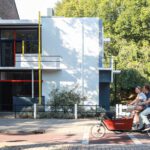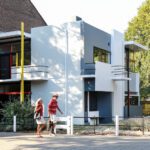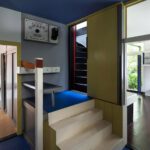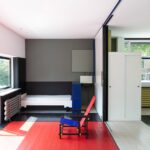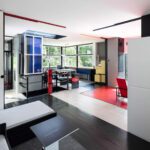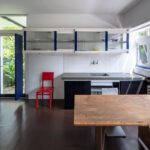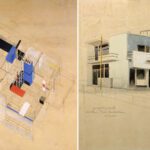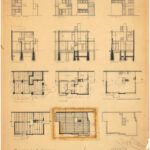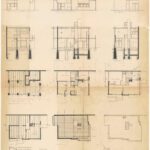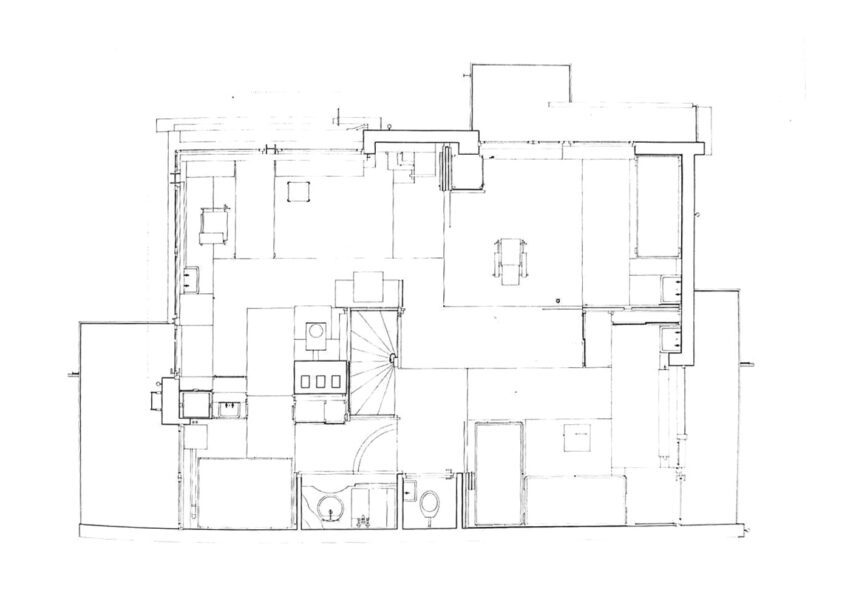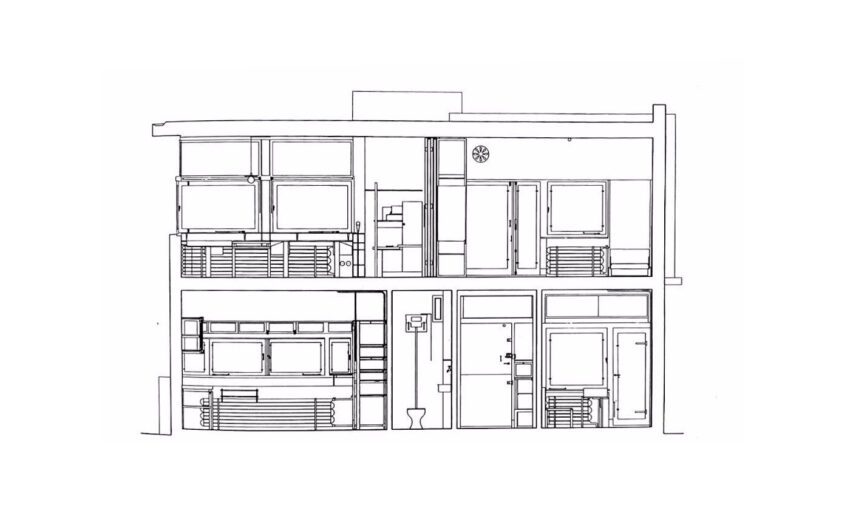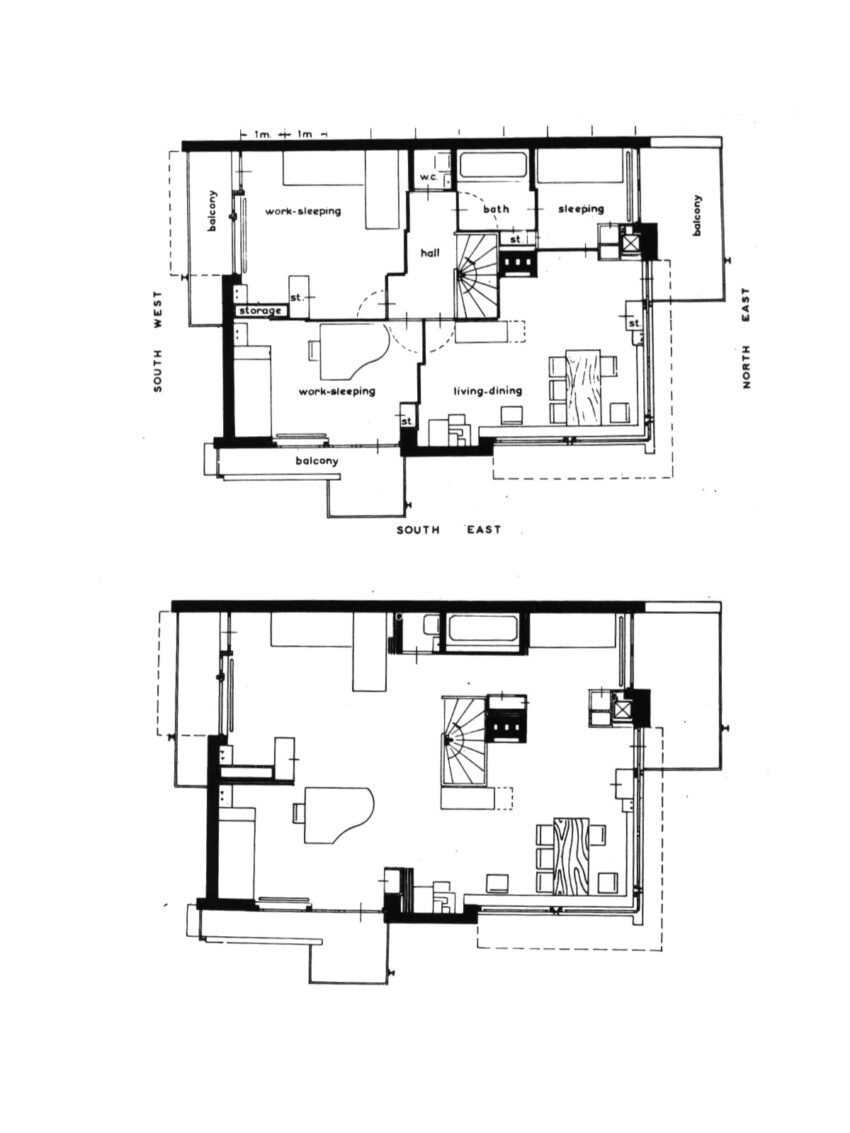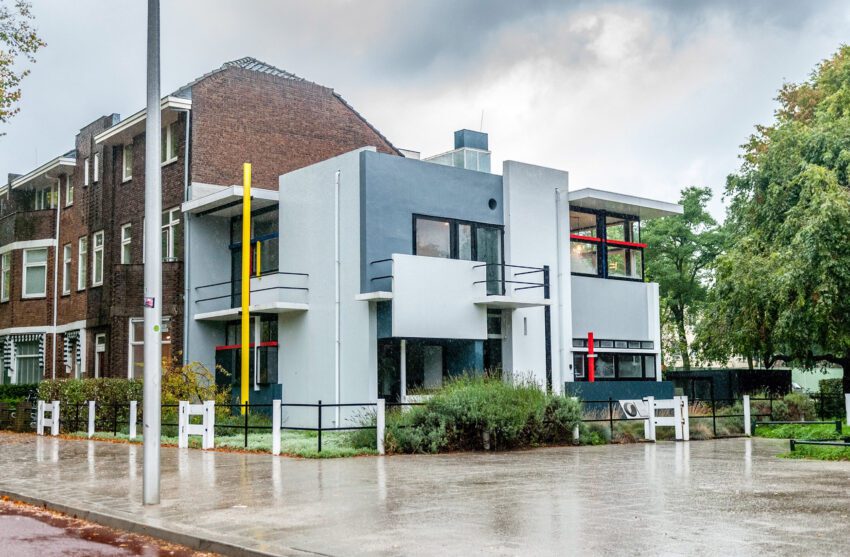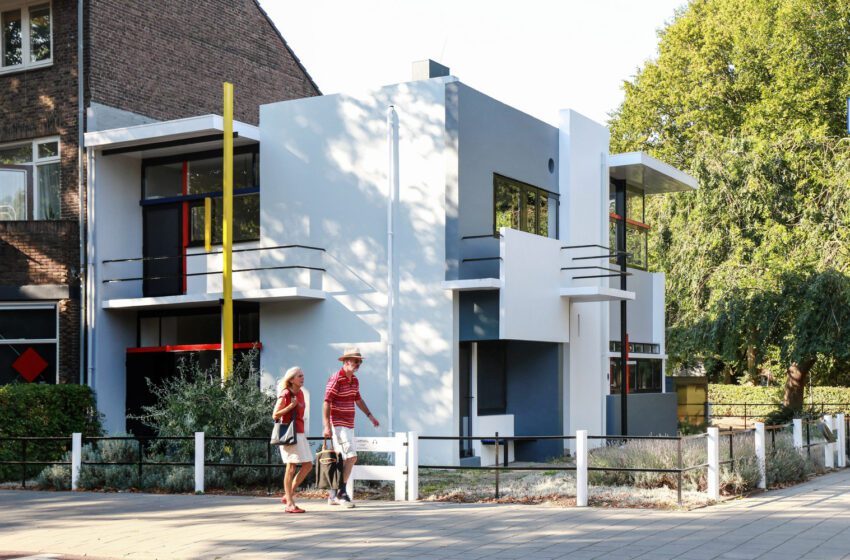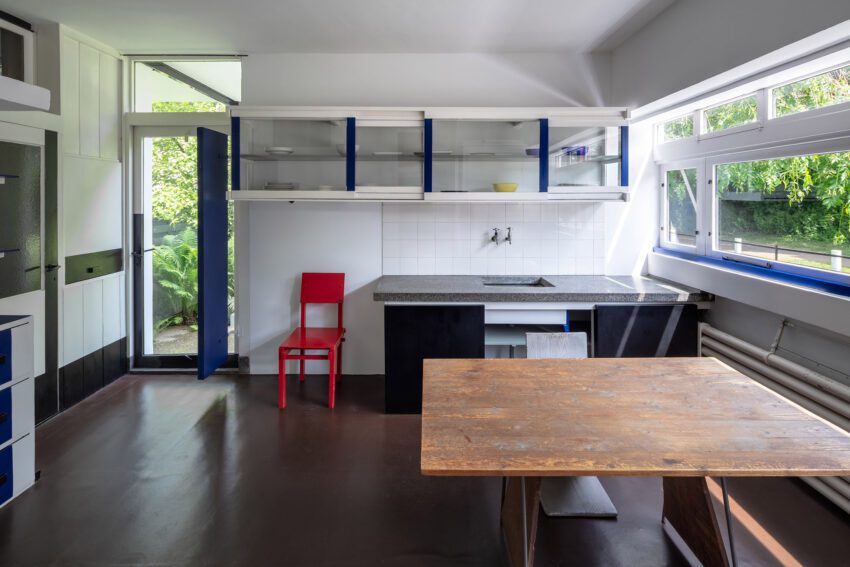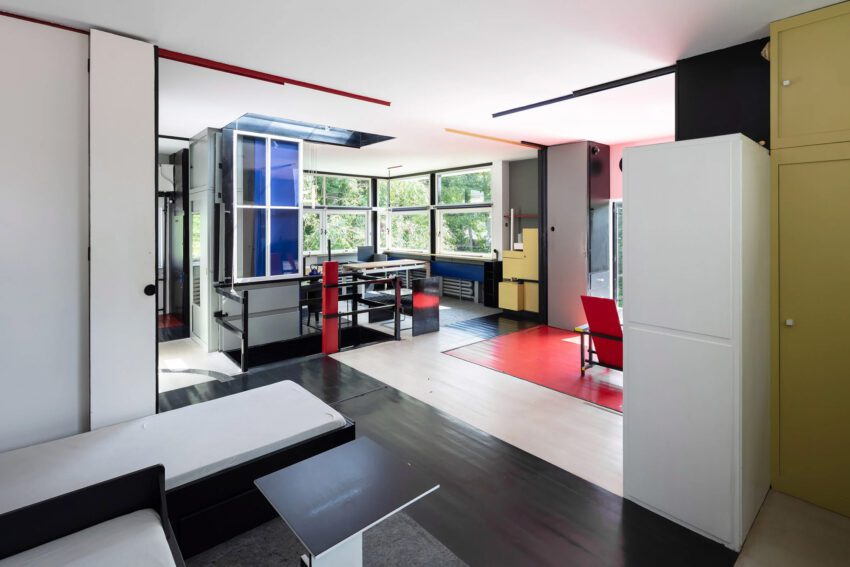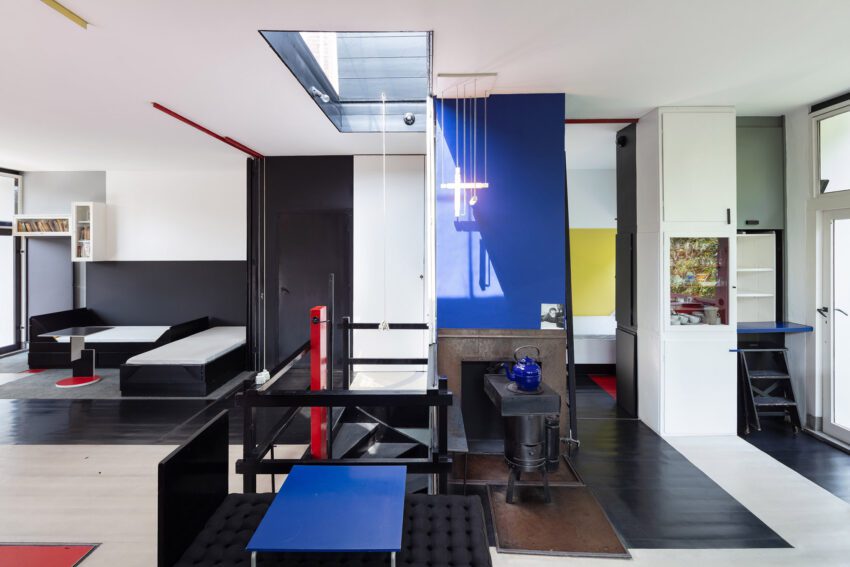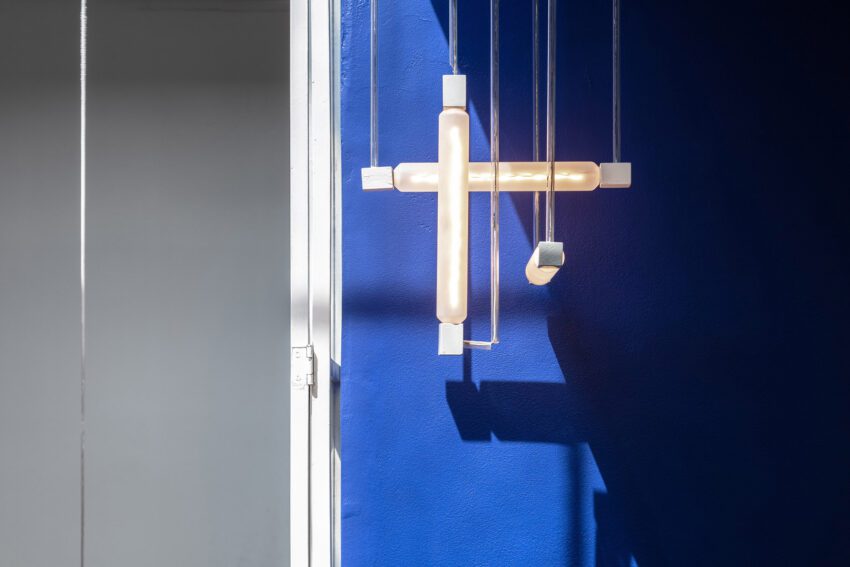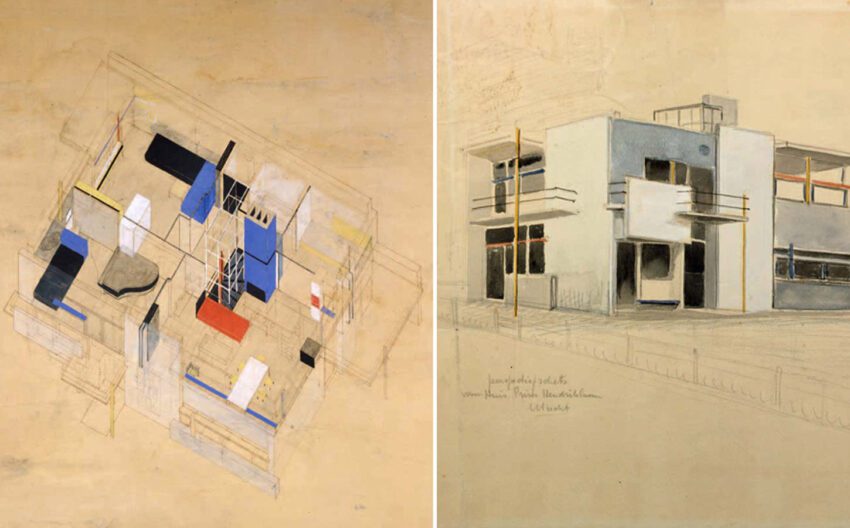Located in the historic city of Utrecht, the Rietveld Schröder House exemplifies the collaborative spirit between its creator and occupants. Designed in 1924 by Gerrit Rietveld for Truus Schröder, a recently widowed mother seeking a space that reflected her progressive lifestyle, the house emerged as an architectural statement that defied the conventions of its time.
Schroder House Technical Information
- Architects: Gerrit Rietveld
- Location: Prins Hendriklaan, Utrecht, Netherlands
- Topics: Modernist architecture, De Stijl Movement
- Completion Year: 1924
- Photographs: © Maria Gonzalez, © Stijn Poelstra
We have to strive for simplicity, for a simplification in all our work, because we automatically express ourselves in a most complicated way.
– Gerrit Rietveld 1-2
Schroder House Photographs
The Genesis of a Modernist Icon
Truus Schröder, in the wake of her husband’s death, sought to realize a living space that embodied her ideals of simplicity and functionality. She turned to Gerrit Rietveld, a renowned furniture designer she had previously collaborated with, known for his avant-garde Red and Blue Chair. Together, they envisioned a house that would break from tradition and embrace the principles of the De Stijl movement, marked by its minimalist aesthetics, primary colors, and geometric forms.
Architectural Features and Innovations
The Rietveld Schröder House is celebrated for its fluidity between the interior and exterior spaces, accentuated by its striking use of lines and planes. One of the house’s most innovative features is the system of sliding walls on the first floor, which allows the space to transform from an open plan during the day into private rooms by night.
Another remarkable feature is the iconic corner window on the top floor, which swings open to blur the lines between the indoors and the landscape beyond, enhancing the sense of freedom that Schröder cherished.
Further, Rietveld’s ingenious use of hidden stairs behind a sliding door and wooden panels as window shutters illustrates his commitment to combining aesthetics with practical solutions, fostering a living environment that is both secure and serene.
A Living Canvas
The house also served as a canvas for Rietveld’s experiments in three-dimensionality, integrating height, width, and depth in every element of the design. This approach is exemplified not only in the façade’s lines but also in the design of the furniture, such as the Red and Blue Chair, which embodies the functional yet artistic spirit of De Stijl.
A Legacy Preserved
Located on Prins Hendriklaan, the house originally overlooked vast polder landscapes, which significantly influenced the design and orientation. Despite urban developments and the construction of a motorway in the 1960s, which Rietveld believed marred the connection between the house and its surroundings, the Rietveld Schröder House has remained a celebrated architectural work.
Truus Schröder lived in the house until her death in 1985, after which it was managed by the Rietveld Schröder House Foundation and the Centraal Museum. Today, it continues to draw visitors from around the world, serving as a living museum and a vibrant example of modernist architecture’s enduring relevance.
The Rietveld Schröder House not only encapsulates the essence of De Stijl but also represents a profound collaboration between architect and client, making it a landmark not just in Dutch architecture but in the narrative of modernist living spaces worldwide.
Schroder House Plans
Schroder House Image Gallery

